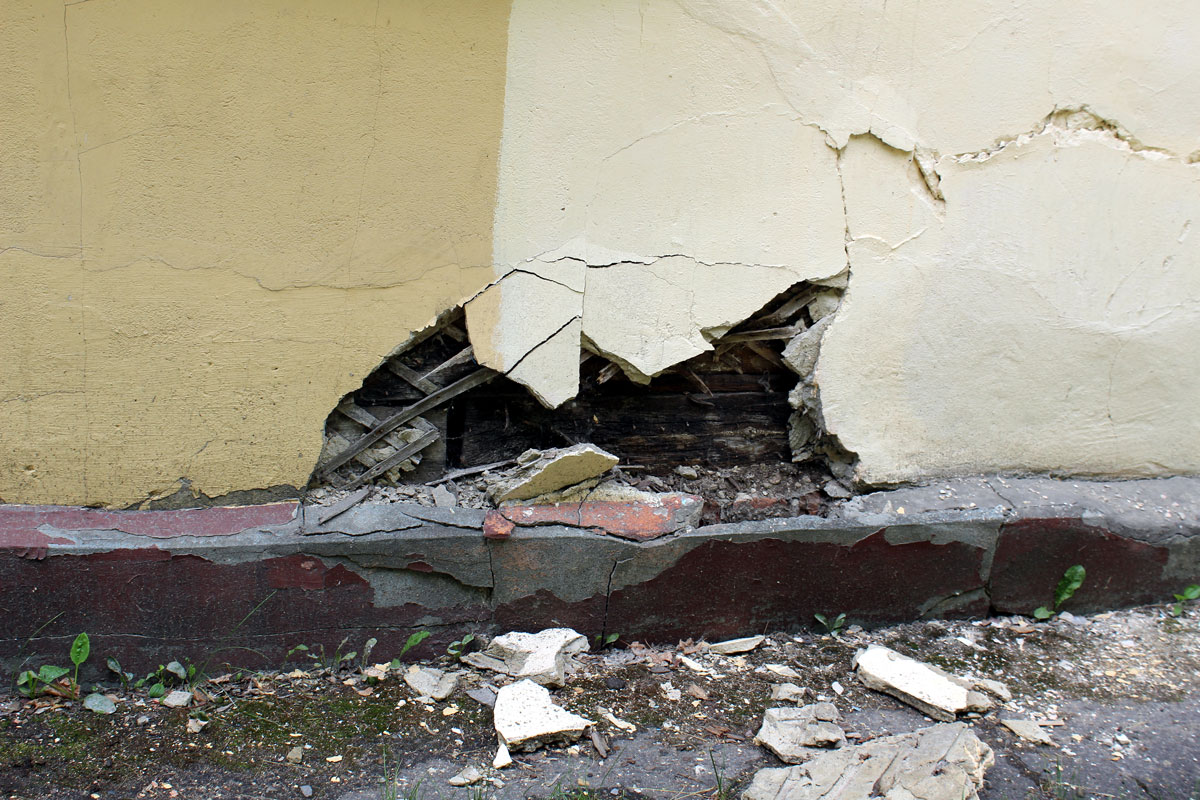
A district court in Montana recently applied an anti-concurrent clause in a property insurance policy to preclude coverage based on an earth movement exclusion. In Ward v. Safeco Ins. Co. of Amer., No. 1:19-CV-0133-SPW, 2021 WL 3492294 (D. Mont. Aug. 9, 2021), the insured’s tenant reported that water was leaking from a main pipe serving the insured’s property, and the leak caused some soft spots to form in the floor of the kitchen. The insurer and agent’s subsequent inquiries led to the understanding that a leak under a slab affected the soil, which caused the house to settle, which then caused damage to the house. About The Authors

